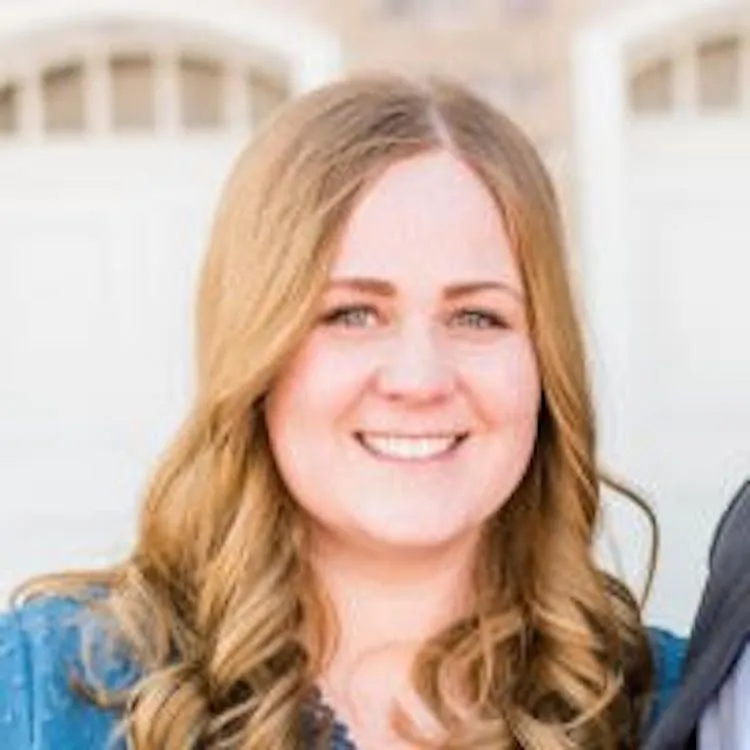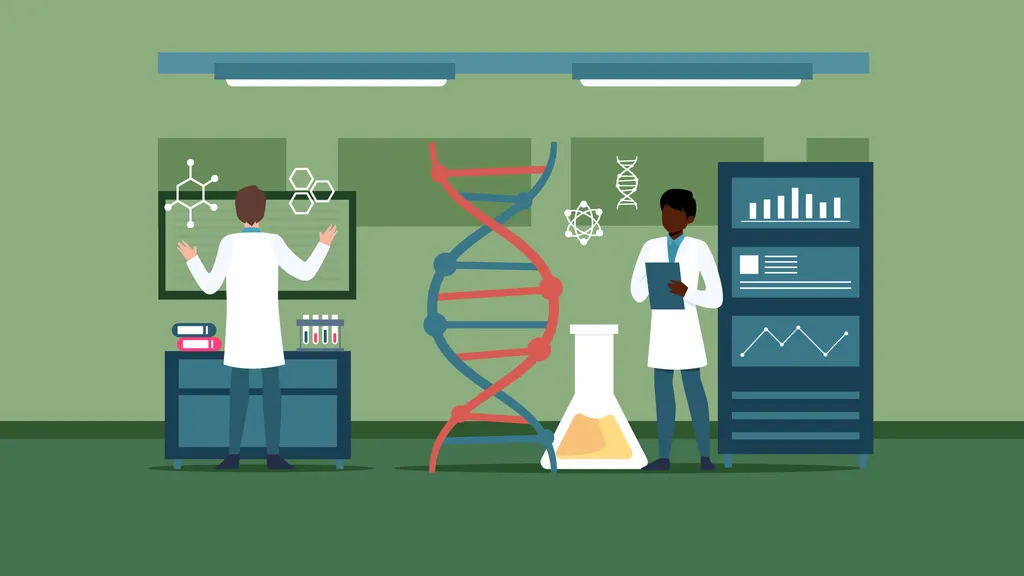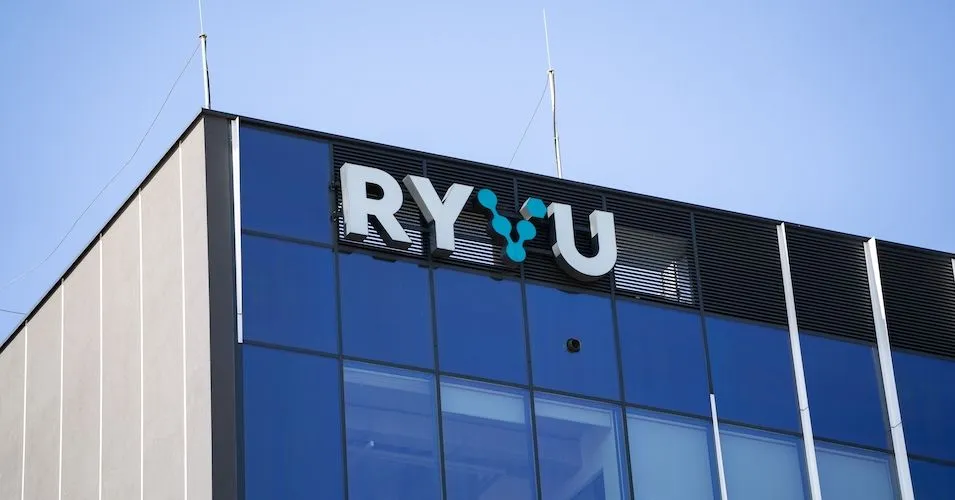Discover MyeloMATCH: A New Approach to Accelerate AML and MDS Research

At the 28th Annual Acute Leukemia Forum (April 4-5th, 2024, San Diego), AML specialist Harry Erba, MD, PhD, from Duke University, shared insight about a new treatment decision-making model for AML and MDS patients called myeloMATCH. Learn about myeloMATCH below!
What is MyeloMATCH?
MyeloMATCH, short for Myeloid Malignancies Molecular Analysis for Therapy Choice is the overarching name for a group of substudies to treat AML and MDS patients throughout all stages of the disease. This type of study design, in which smaller trials contribute to a larger clinical trial, is known as an umbrella trial, and it might help new medicines and tests be evaluated and approved more quickly than traditional clinical trials.
Using screening tools and specific lab tests, patients will be organized into treatment groups best suited for their cancer type. These methods factor in genetic markers of the cancer cell, risk level, and whether a patient is eligible for intensive chemotherapy.
Patients are screened at the time of their diagnosis and assigned to a substudy. After completing their first treatment, a new bone marrow biopsy will be taken and screened to identify the next best treatment course. This screening process will occur prior to treatment and before each new line of therapy.
Lab tests used in myeloMATCH include fluorescence in situ hybridization (FISH), flow cytometry, rapid next-generation DNA sequencing called Ion Torrent (Genexus), and comparative genome analysis toom (CGAT). If a patient is expecting to start their first treatment, test results will be ready within 72 hours. For a patient’s second and further lines of therapy, test results will come back within 10 days. Opting for quick test result turnaround supports doctors and patients in making timely treatment decisions.
Patient data will be tracked in the Master Screening and Reassessment Protocol (MSRP). This will help doctors organize valuable information such as how patients responded to prior lines of therapy, what tests were conducted, and help evaluate the disease's genetic changes after treatment.
If patients don’t initially qualify for one of the myeloMATCH substudies, they’ll be assigned to the Tier Advancement Pathway (TAP), receiving standard AML or MDS care, keeping them in the Master Protocol. This will allow patients to potentially access myeloMATCH substudies in subsequent lines of therapy if they qualify at any point in time.
What are the Available Substudies in MyeloMATCH?
Although their goal is to expand studies for all AML and MDS types, the current substudies of myeloMATCH include:
- MM1YA-CTG01
- For newly diagnosed intermediate-risk AML/MDS patients between the ages of 18-59.
- Patients will receive one of the following treatment options:
- Ventoclax (Venclexta, AbbVie) and 7+3 chemotherapy
- Azacitidine (Vidaza, BMS) and venetoclax
- 7+3
- MM1YA-S01
- For newly diagnosed high-risk AML/MDS patients between the ages of 18-59.
- Patients will receive one of the following treatment options:
- 7+3
- 7+3 and venetoclax
- Azacitidine and venetoclax
- CPX-351 (a capsule form of cytarabine and daunorubicin)
- CPX-351 and venetoclax
- MM1OA-EA02
- For newly diagnosed AML patients over the age of 18 with the FLT3 mutation who are too weak to qualify for intensive chemotherapy.
- Patients will receive one of the following treatment options:
- Azacitidine and venetoclax
- Azacitidine, venetoclax, and gilteritinib (Xospata, Astellas) concurrently
- Azacitidine, venetoclax, and gilteritinib staggered
If you would like to be screened to receive one of these treatment combinations, click the above link that you are interested in to view the study’s informational page.
You are invited to explore your eligibility for myeloMATCH. By joining, you could enhance your AML or MDS treatment journey, accessing leading testing technologies that swiftly assess the quantity and type of your cancer cells. This can help pinpoint your most effective treatment options in a guided and specialized manner.
Join the HealthTree for MDS Newsletter to Learn More!
We invite you to click the button below to subscribe to our newsletter and stay updated on the latest advancements in myelodysplastic syndromes.
JOIN THE HEALTHTREE FOR MDS NEWSLETTER
Sources:
At the 28th Annual Acute Leukemia Forum (April 4-5th, 2024, San Diego), AML specialist Harry Erba, MD, PhD, from Duke University, shared insight about a new treatment decision-making model for AML and MDS patients called myeloMATCH. Learn about myeloMATCH below!
What is MyeloMATCH?
MyeloMATCH, short for Myeloid Malignancies Molecular Analysis for Therapy Choice is the overarching name for a group of substudies to treat AML and MDS patients throughout all stages of the disease. This type of study design, in which smaller trials contribute to a larger clinical trial, is known as an umbrella trial, and it might help new medicines and tests be evaluated and approved more quickly than traditional clinical trials.
Using screening tools and specific lab tests, patients will be organized into treatment groups best suited for their cancer type. These methods factor in genetic markers of the cancer cell, risk level, and whether a patient is eligible for intensive chemotherapy.
Patients are screened at the time of their diagnosis and assigned to a substudy. After completing their first treatment, a new bone marrow biopsy will be taken and screened to identify the next best treatment course. This screening process will occur prior to treatment and before each new line of therapy.
Lab tests used in myeloMATCH include fluorescence in situ hybridization (FISH), flow cytometry, rapid next-generation DNA sequencing called Ion Torrent (Genexus), and comparative genome analysis toom (CGAT). If a patient is expecting to start their first treatment, test results will be ready within 72 hours. For a patient’s second and further lines of therapy, test results will come back within 10 days. Opting for quick test result turnaround supports doctors and patients in making timely treatment decisions.
Patient data will be tracked in the Master Screening and Reassessment Protocol (MSRP). This will help doctors organize valuable information such as how patients responded to prior lines of therapy, what tests were conducted, and help evaluate the disease's genetic changes after treatment.
If patients don’t initially qualify for one of the myeloMATCH substudies, they’ll be assigned to the Tier Advancement Pathway (TAP), receiving standard AML or MDS care, keeping them in the Master Protocol. This will allow patients to potentially access myeloMATCH substudies in subsequent lines of therapy if they qualify at any point in time.
What are the Available Substudies in MyeloMATCH?
Although their goal is to expand studies for all AML and MDS types, the current substudies of myeloMATCH include:
- MM1YA-CTG01
- For newly diagnosed intermediate-risk AML/MDS patients between the ages of 18-59.
- Patients will receive one of the following treatment options:
- Ventoclax (Venclexta, AbbVie) and 7+3 chemotherapy
- Azacitidine (Vidaza, BMS) and venetoclax
- 7+3
- MM1YA-S01
- For newly diagnosed high-risk AML/MDS patients between the ages of 18-59.
- Patients will receive one of the following treatment options:
- 7+3
- 7+3 and venetoclax
- Azacitidine and venetoclax
- CPX-351 (a capsule form of cytarabine and daunorubicin)
- CPX-351 and venetoclax
- MM1OA-EA02
- For newly diagnosed AML patients over the age of 18 with the FLT3 mutation who are too weak to qualify for intensive chemotherapy.
- Patients will receive one of the following treatment options:
- Azacitidine and venetoclax
- Azacitidine, venetoclax, and gilteritinib (Xospata, Astellas) concurrently
- Azacitidine, venetoclax, and gilteritinib staggered
If you would like to be screened to receive one of these treatment combinations, click the above link that you are interested in to view the study’s informational page.
You are invited to explore your eligibility for myeloMATCH. By joining, you could enhance your AML or MDS treatment journey, accessing leading testing technologies that swiftly assess the quantity and type of your cancer cells. This can help pinpoint your most effective treatment options in a guided and specialized manner.
Join the HealthTree for MDS Newsletter to Learn More!
We invite you to click the button below to subscribe to our newsletter and stay updated on the latest advancements in myelodysplastic syndromes.
JOIN THE HEALTHTREE FOR MDS NEWSLETTER
Sources:

about the author
Megan Heaps
Megan joined HealthTree in 2022. She enjoys helping patients and their care partners understand the various aspects of the cancer. This understanding enables them to better advocate for themselves and improve their treatment outcomes.
More on Clinical Trials
Trending Articles
Get the Latest Myelodysplastic Syndromes Updates, Delivered to You.
By subscribing to the HealthTree newsletter, you'll receive the latest research, treatment updates, and expert insights to help you navigate your health.
Together we care.
Together we cure.
3x Faster.










